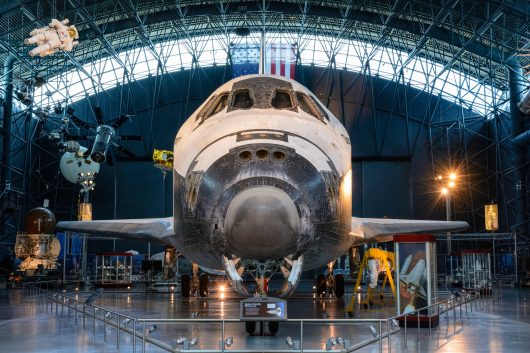Five Space Inventions Helping the Developing World

From non-stick frying pans to squirt guns to keeping our homes warm, innovations that originated as space inventions are used each and every day right here on earth. But, some space inventions have become even more useful than ever imagined, and are now helping fight poverty in the developing world. Here is a look at five space inventions and some of the ways each helps to alleviate human suffering.
Baby Blankets
From NASA’s efforts in the 1980s to create a material that could both insulate and cool astronauts facing extreme temperatures during spacewalks came phase-change materials, or PCM’s. Although this material never made it into astronaut’s gloves, the space invention that emerged proved effective for insulating. In 2013, Jen Chen created a company called Embrace Innovations, which makes swaddles and blankets using PCM technology. The Embrace business model is simple: buy a blanket or swaddle for your baby and one is donated to a baby in need in the developing world. To date, 200,000 babies have been reached across 10 countries.
Solar Energy
When NASA began studying Environmental Research Aircraft and Sensor Technology (ERAST) to develop uninhabited aircraft that could sustain long-duration flights without interruption, the need for new innovative solar power sources became paramount. Among the space inventions that resulted: single-crystal silicon solar cells that significantly reduced the cost of solar power. With billions still living without electricity worldwide, solar power has proved effective in helping get clean water, mobile charging, and general illumination to the developing world.
Freeze-dried Food
Through an alliance with Nestle, in the pre-Apollo era, NASA developed a technique for freeze-drying food which made the transportation of numerous orbital delight feasible. Today, freeze-dried food is used to prevent spoilage while providing life-saving nutrient-rich substance to people suffering from hunger in the developing world. For example, Stop Hunger Now, a non-profit based out of Raleigh, North Carolina, operates meal-packing programs in 20 cities worldwide. They ship dehydrated rice and soy meals that are fortified with 23 nutrients and vitamins to not only help solve the problem of hunger in the world but also help provide essential nutrients to those living with a vitamin or mineral deficiency.
Baby Formula
In an effort to alleviate some of the challenges of eating in space while also reducing waste, NASA, with the contracted help of Marietta Laboratories, worked with micro-algae to develop a special three-in-one food source. The invention didn’t work out as space-food; however, Marietta’s research provided the technology used to place nutritional supplements into infant formula and baby food. One in four children around the world suffers from chronic malnutrition that stunts their growth. And, due to poverty and poor nutrition, an estimated 200 million children under age five suffer from under-developed cognition. With nutrient-enriched baby food, organizations helping to fight poverty and malnutrition in the developing world have a better chance to reach children during the most critical stages of development — conception to two years.
Satellites
Some space inventions have not only changed the world but also changed the way we look at it. While the link between satellites, NASA and space are obvious, their ability to help feed those living in the developing world is a bit more complex. Satellites can generate images of vegetation that, in turn, can measure “greenness” and provide real-time rainfall data and imagery. Thus, this space invention helps officials and policy-makers monitor for potential crop failures throughout the developing world. With better prediction capabilities comes better awareness, and with better awareness comes the ability to prevent food shortages. NASA has even teamed up with the USAID through a new environmental monitoring program in West Africa called SERVIR-West Africa. The program plans to enhance the use of data collected from satellite imagery to help fight hunger by helping officials better manage climate issues that affect crop harvesting and nutritional planning.
– Ashley Henyan
Photo: Flickr
